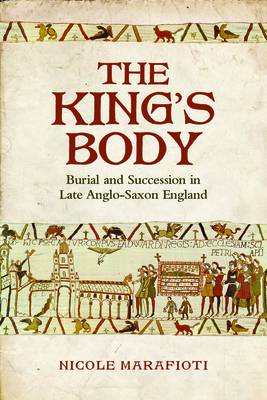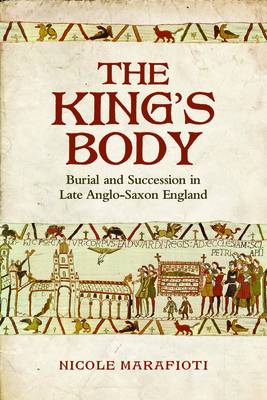
- Retrait gratuit dans votre magasin Club
- 7.000.000 titres dans notre catalogue
- Payer en toute sécurité
- Toujours un magasin près de chez vous
- Retrait gratuit dans votre magasin Club
- 7.000.0000 titres dans notre catalogue
- Payer en toute sécurité
- Toujours un magasin près de chez vous
Description
The King's Body investigates the role of royal bodies, funerals, and graves in English succession debates from the death of Alfred the Great in 899 through the Norman Conquest in 1066. Using contemporary texts and archaeological evidence, Nicole Marafioti reconstructs the political activity that accompanied kings' burials, to demonstrate that royal bodies were potent political objects which could be used to provide legitimacy to the next generation.
In most cases, new rulers celebrated their predecessor's memory and honored his corpse to emphasize continuity and strengthen their claims to the throne. Those who rose by conquest or regicide, in contrast, often desecrated the bodies of deposed royalty or relegated them to anonymous graves in attempts to brand their predecessors as tyrants unworthy of ruling a Christian nation. By delegitimizing the previous ruler, they justified their own accession. At a time when hereditary succession was not guaranteed and few accessions went unchallenged, the king's body was a commodity that royal candidates fought to control.
Spécifications
Parties prenantes
- Auteur(s) :
- Editeur:
Contenu
- Nombre de pages :
- 320
- Langue:
- Anglais
- Collection :
Caractéristiques
- EAN:
- 9781442647589
- Date de parution :
- 04-04-14
- Format:
- Livre relié
- Format numérique:
- Genaaid
- Dimensions :
- 163 mm x 236 mm
- Poids :
- 621 g

Les avis
Nous publions uniquement les avis qui respectent les conditions requises. Consultez nos conditions pour les avis.






